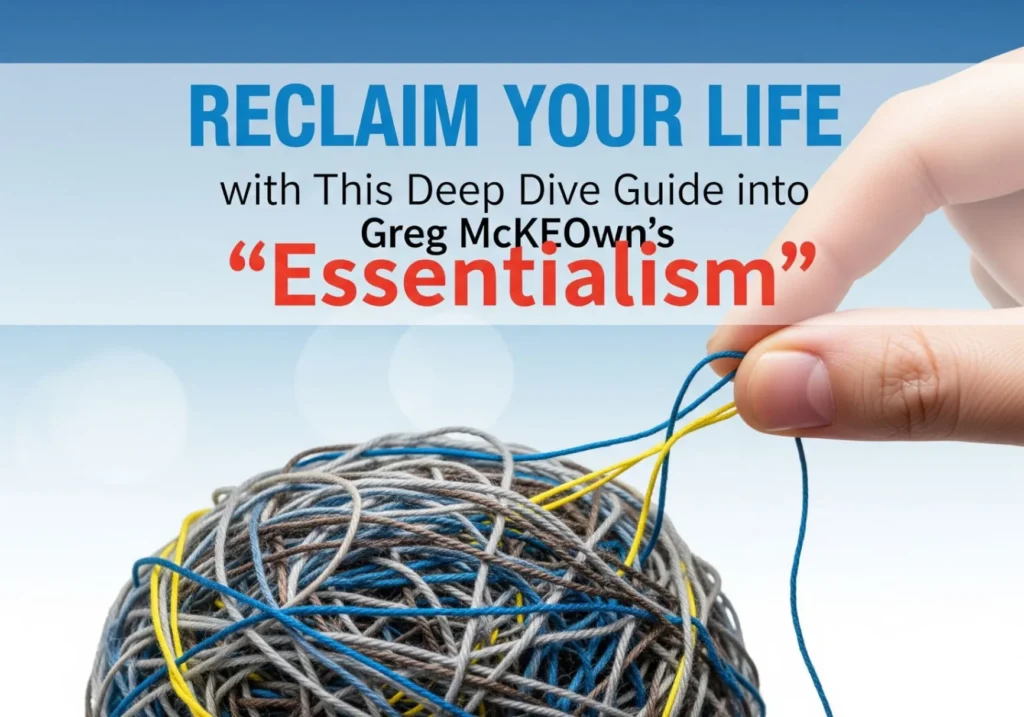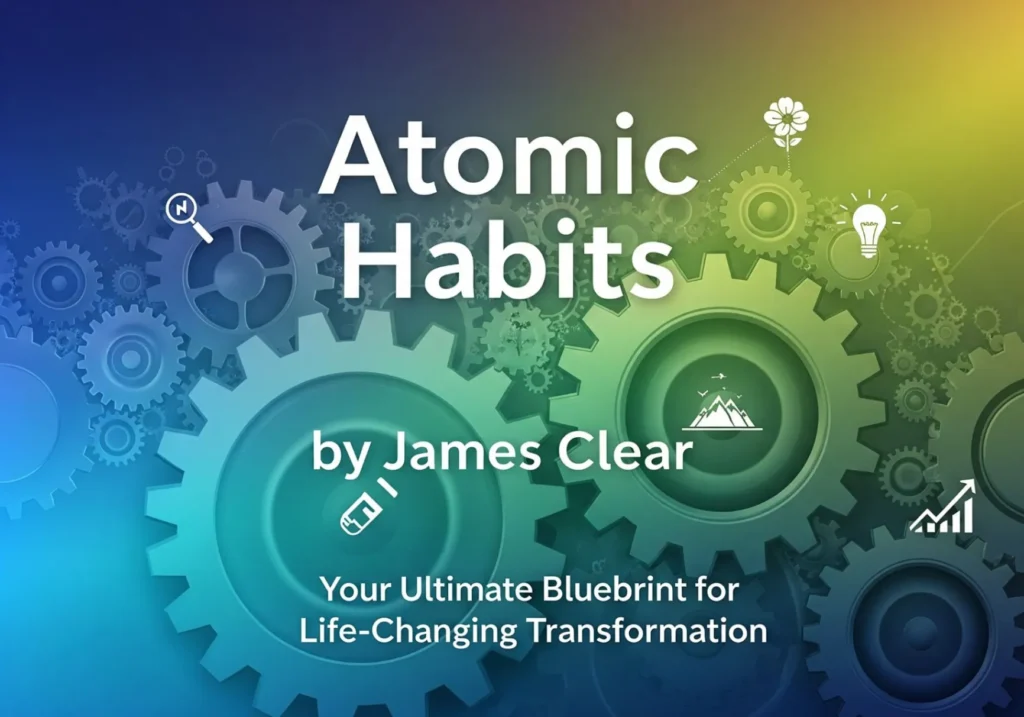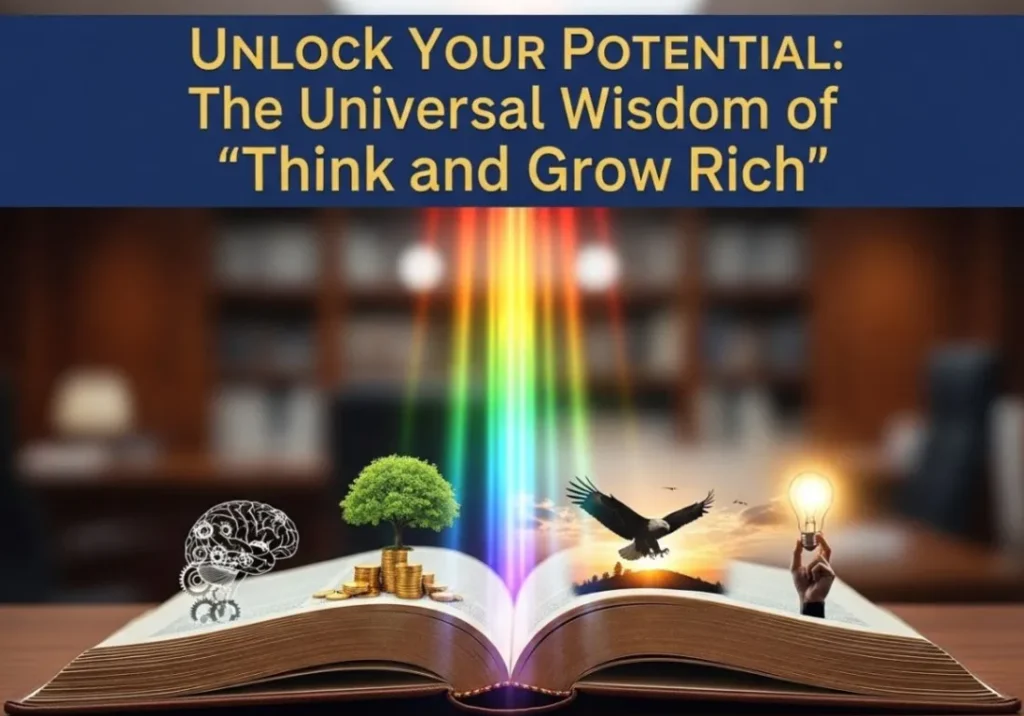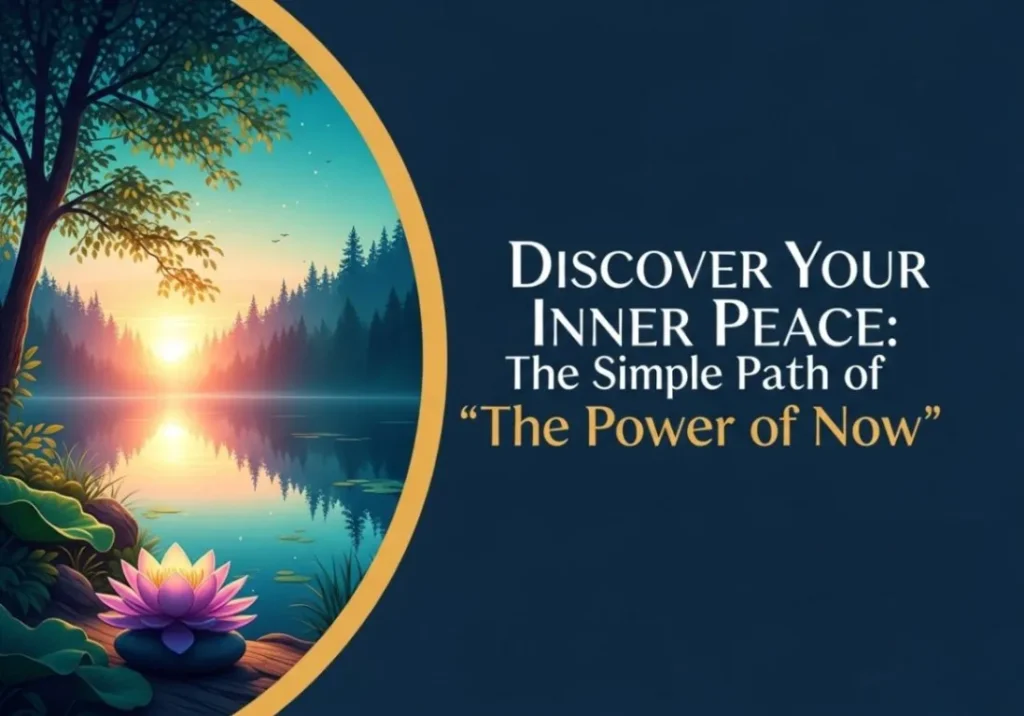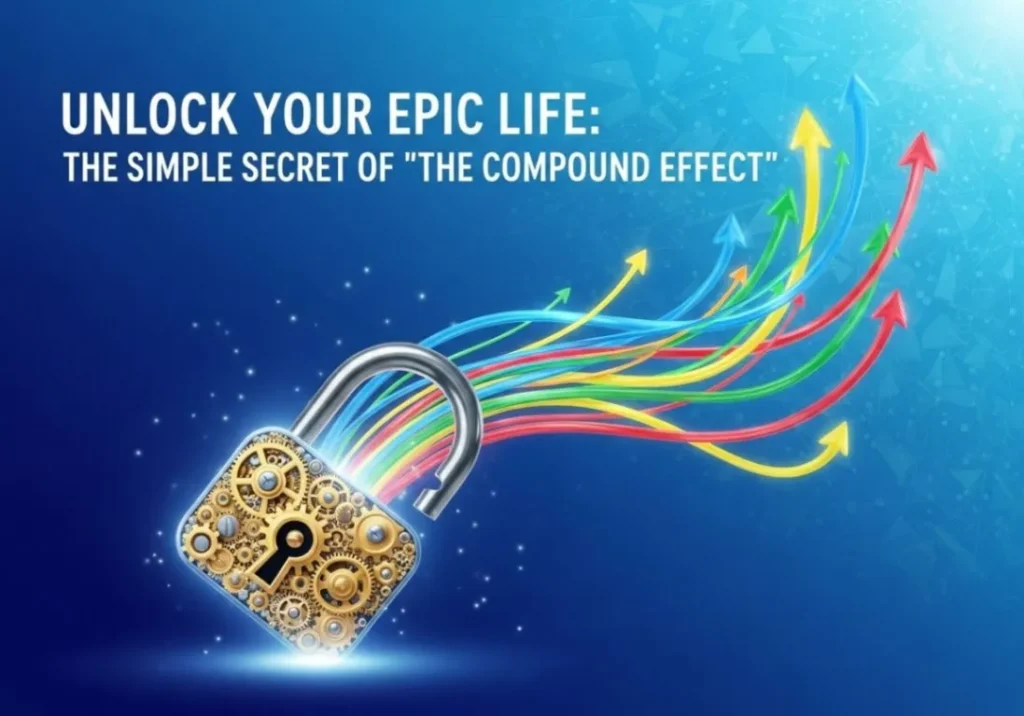The Art of Doing Less: Your Ultimate Guide to Essentialism
In This Guide, You’ll Learn:
Why being “busy” is the enemy of being productive, and how to adopt the Essentialist mindset of “less, but better” to reclaim your time, energy, and focus in every area of your life.
Do you ever feel like you’re spinning a dozen plates at once? You’re constantly in motion—answering emails, attending meetings, and starting new projects. But at the end of the day, you collapse with a nagging feeling of emptiness. You were busy, but were you productive?
If this sounds familiar, you are living in what author Greg McKeown calls the “Non-Essentialist trap.” It’s a state where we say “yes” to everything, believing busyness is a badge of honor. But what if the path to achieving more is not by doing more, but by doing less?
This is the radical premise of Essentialism: The Disciplined Pursuit of Less. It’s not a time management hack; it’s a new way of living that empowers you to identify what is absolutely essential, eliminate everything that is not, and build a life that truly matters.
The Non-Essentialist vs. The Essentialist
Before embracing the solution, we must understand the two opposing mindsets. One leads to burnout and mediocrity; the other leads to focus and fulfillment.
The Non-Essentialist
- Thinks: “I have to do it all.”
- Energy: Scattered and thin.
- Focus: A millimeter of progress in a million directions.
- Result: Overworked, undervalued, and out of control.
The Essentialist
- Thinks: “Only a few things truly matter.”
- Energy: Focused and powerful.
- Focus: Major progress in the one direction that counts.
- Result: In control, joyful, and impactful.
This transformation from Non-Essentialist to Essentialist is a process built on three pillars: Explore, Eliminate, and Execute.
Pillar 1: Explore — Discerning the Vital Few
You can’t focus on the essential if you don’t know what it is. This stage is about creating space to think, listen, and see what really matters, so you can separate the trivial many from the vital few.
Key Practices:
- Create Space to Think: Schedule 90 minutes a week to disconnect and think deeply. No phone, no email. Just you and a notebook.
- Embrace the 90% Rule: When evaluating an option, score it from 0-100. If it isn’t a 90 or above, discard it. It’s either a “HELL YEAH!” or a “no.”
- Protect Your Sleep: Sleep is a non-negotiable for peak mental performance. A tired brain cannot discern what is essential.
Pillar 2: Eliminate — How to Cut the Non-Essential
Once you’ve identified the vital few, you must have the courage to eliminate everything else. This means saying “no,” quitting projects, and setting boundaries.
Key Practices:
- Learn to Say “No” Gracefully: Separate the decision from the relationship. A clear, respectful “no” is better than a resentful “yes.” Use scripts like, “I’m currently focused on [Priority], so I can’t take that on.”
- Un-commit from Losing Battles: Escape the sunk-cost fallacy. Ask, “If I weren’t already invested in this project, how much would I invest today?” If the answer is zero, cut your losses.
- Set Clear Boundaries: Boundaries don’t shut people out; they teach people how to work with you. A lack of boundaries is an invitation for others to hijack your time.
Pillar 3: Execute — Making Progress Effortless
The final pillar is creating a system for frictionless execution. The goal is not to use brute force but to design a system that makes doing the right thing the easy thing.
Key Practices:
- Build in Buffers: Be a realist. Add 50% to your time estimates. This buffer removes stress when the inevitable surprise occurs.
- Subtract Obstacles: Instead of asking “How can I push harder?”, ask “What is slowing me down, and how can I remove it?”
- Harness the Genius of Routine: Put essential activities on autopilot. Routines save your finite willpower for what truly matters.
Your 7-Day Essentialism Challenge
Reading is one thing, living it is another. Use this simple challenge to start today.
- Day 1-2 (Explore): Schedule 30 minutes of “think time” with no distractions to identify your #1 priority for the quarter.
- Day 3-4 (Eliminate): Say “no” to one non-essential request using a graceful script.
- Day 5-6 (Execute): Identify the biggest obstacle slowing down your #1 priority and take one small step to remove it.
- Day 7 (Reflect): Look back at your week. How did it feel? What one practice will you carry forward?
Conclusion: A Life Lived by Design, Not by Default
Essentialism is an invitation to stop living a life of frantic, unfulfilling busyness. It is about trading a life that is a mile wide and an inch deep for one that is a mile deep. The path requires discipline and courage, but the reward is a life that you have consciously chosen.
What is truly essential to you, and what are you going to do about it?
Frequently Asked Questions
1. Is Essentialism the same as Minimalism?
Not exactly. Minimalism focuses on removing excess *possessions*. Essentialism is broader; it’s about removing excess *activities, commitments, and mindsets* to make your highest contribution.
2. Is Essentialism selfish?
This is a common misconception. In the long run, it is the opposite. A Non-Essentialist who says “yes” to everything ends up doing a poor job on all of it. An Essentialist says “no” to trivial things so they can deliver a high-quality “yes” to what truly matters, allowing them to serve their family, team, and community at a much higher level.
3. Can Essentialism work if I’m not the boss?
Absolutely. It is arguably even more important in this case. When your manager gives you a new task, you can say, “I’m happy to help. Currently, my top priorities are A, B, and C. To do a great job on this new task, which of those should I de-prioritize?” This turns you from a simple doer into a valued strategic partner.
4. What if I have too many “essential” things in my life?
This is a reality for many. The goal is not to eliminate your children or your job. The goal is to be an Essentialist *within* those domains. What are the 1-2 most vital activities at work? What essential practices build the strongest family relationships? Essentialism helps you find the “less but better” approach even when commitments are non-negotiable.
